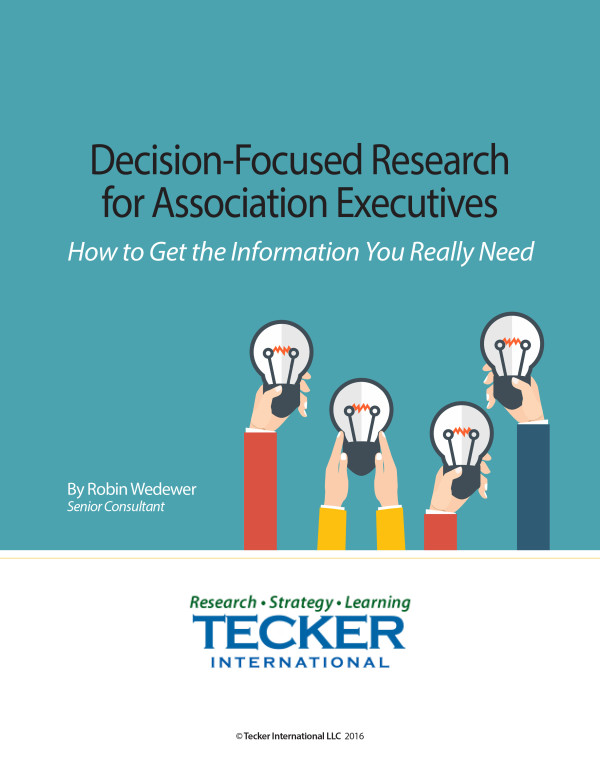Clients often ask us about how to get the most out of a board meeting. Too often, time is lost at board meetings when directors spend their time discussing topics that could be better handled through email or a consent agenda. A strategic board agenda would use strategy as the basis to inform discussion and decision-making. We recommend a four part agenda addressing:
- Discussion of mega-issues
- Review and adjustment of strategy
- Policy: public and operational
- Routine board business.
Note the agenda is timed. Thought should be given to how much time each item should take, how one aspect affects the flow of the meeting and natural break times in a two day meeting. While changes might need to be made on the fly, a well-thought out timed agenda will help the organization resist the temptation to add things, skip controversial items or avoid making decisions because “we ran out of time.” Seeing an agenda in advance with substantial subjects for dialogue and deliberation reinforces the importance of in-person attendance.
Consent agendas help to save time at meetings – time that can be spent having strategic discussions. When organizations can only meet only a few times a year, we recommend that you take a consent agenda one step further and simply email reports requiring no action to board members as they are ready. Contemporary boards find that a continuous stream of information is more palatable, and easier to digest, than getting a big, fat board book that no one reads until they are on the airplane to the board meeting. Many organizations are posting reports and information in a special board section of the website.
When emailing, it is helpful to label each item sent or posted with one of three actions:
- For information (read at your leisure)
- Monitoring (reports that document board oversight)
- Decision making (background information that will help board decide after rich dialogue)
Using a four part, timed agenda, a consent agenda and sending out reports requiring no action as they are ready, ensures that the time directors spend together can be spent discussing the strategic future of the organization.

